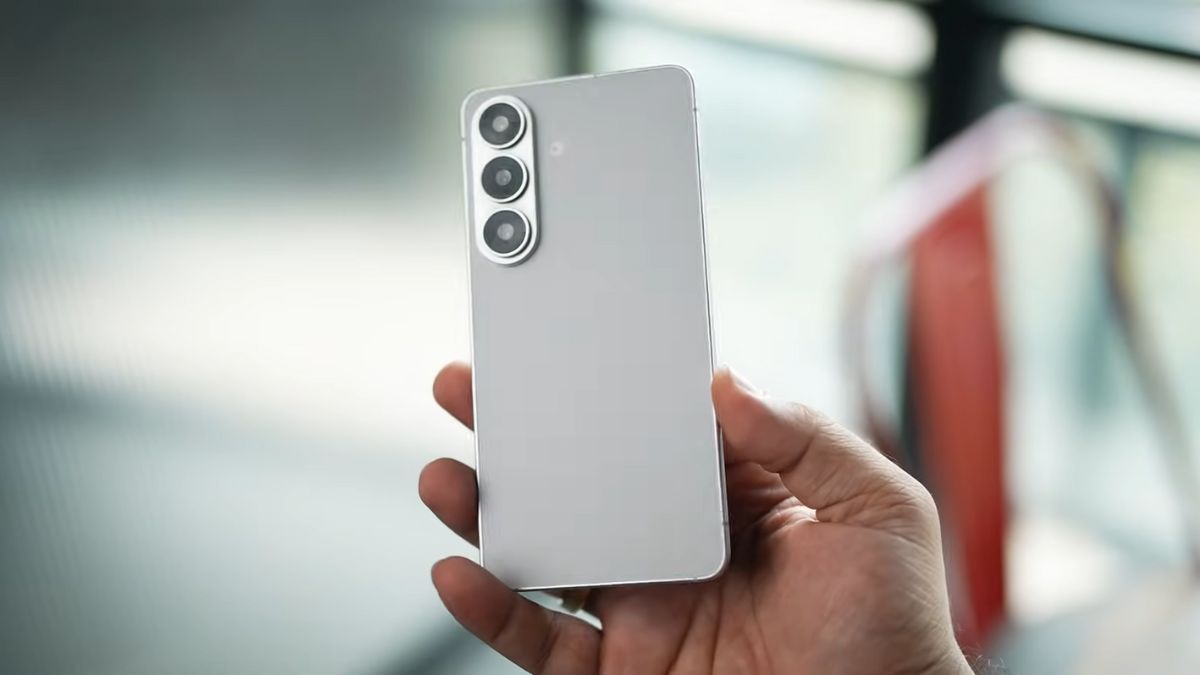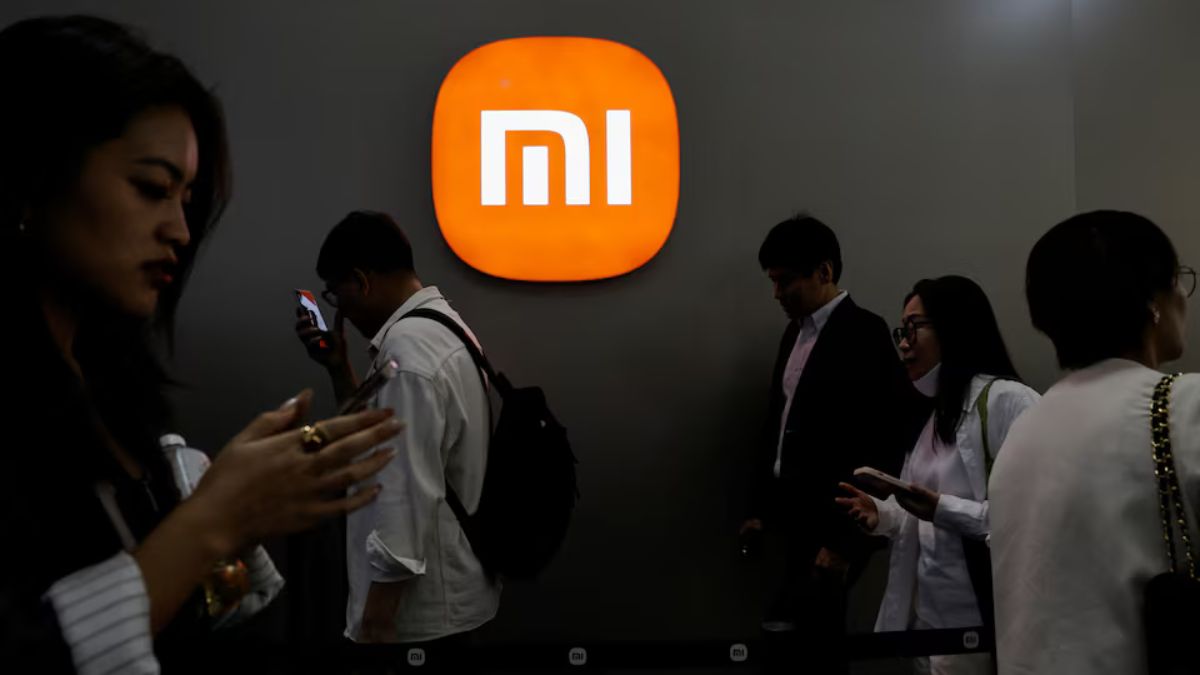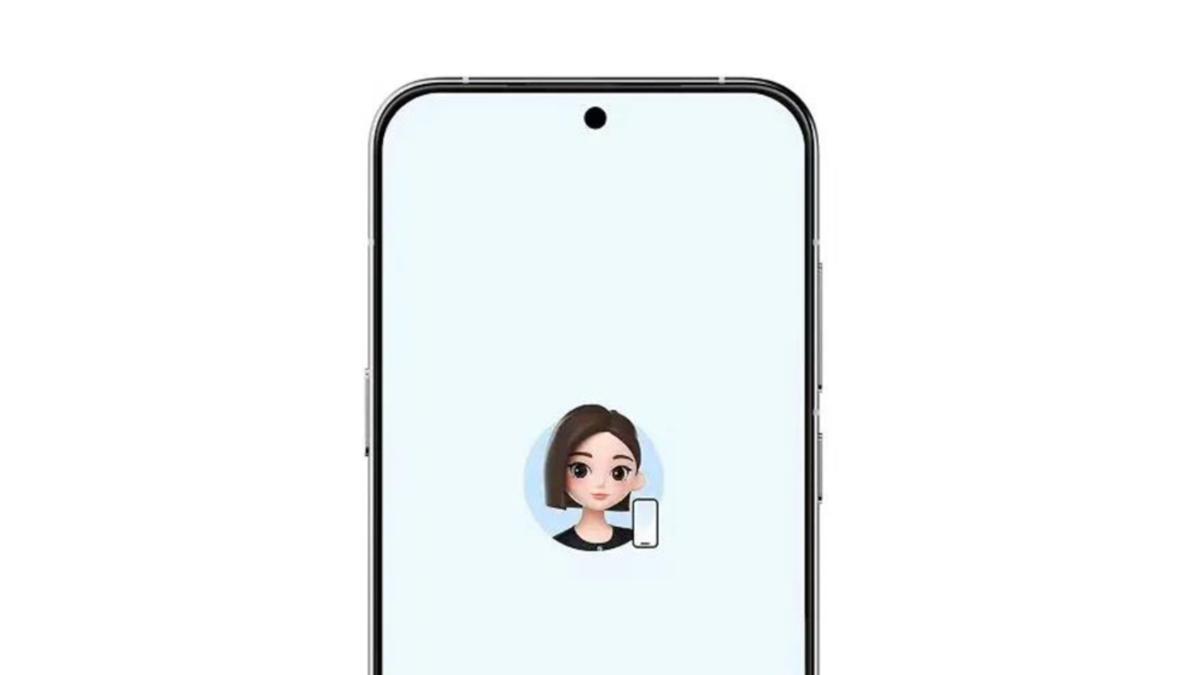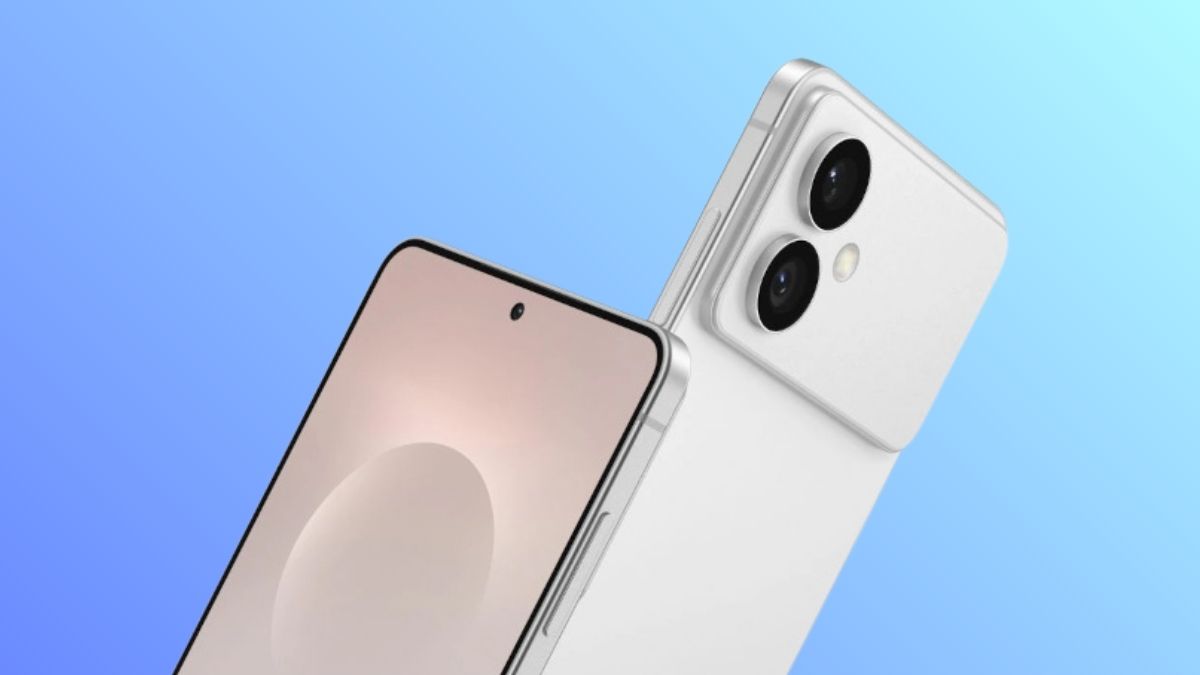Apple will finally bring 120Hz displays to all iPhone 17 models in 2025. But there’s a catch: the standard iPhone 17 and iPhone 17 Air will not include Apple’s adaptive ProMotion feature.
Until now, only Apple’s Pro models had high refresh rate screens. Non-Pro iPhones remained at 60Hz while Android phones moved ahead with 120Hz or even higher. That is now changing—partially.
What’s New and What’s Missing
The iPhone 17 and 17 Air will support 120Hz refresh rates, offering smoother visuals compared to the older 60Hz panels. However, these displays will not be adaptive. They will likely switch between fixed options such as 60Hz, 90Hz, and 120Hz.
Only the iPhone 17 Pro and Pro Max are expected to use LTPO panels. These allow the refresh rate to drop as low as 1Hz to save battery, especially during Always-On Display mode.
This ProMotion feature adjusts the refresh rate based on what’s on screen—for example, scrolling versus watching video.
Apple seems to be keeping these energy-saving and advanced features for its more expensive models.
Why It Matters
This change shows Apple is finally moving away from outdated 60Hz displays on its non-Pro models. But it also confirms that the company continues to separate features by price tier, even when the technology is now common in mid-range Android phones.
The move may disappoint users expecting full display upgrades across all models. And with ongoing tariffs possibly raising iPhone prices, buyers may expect more for their money.
The iPhone 17 lineup will look smoother and more modern thanks to 120Hz support. But users wanting full adaptive display features will still need to buy the Pro models.
Apple is making progress—but still keeps its best features locked behind a higher price.














